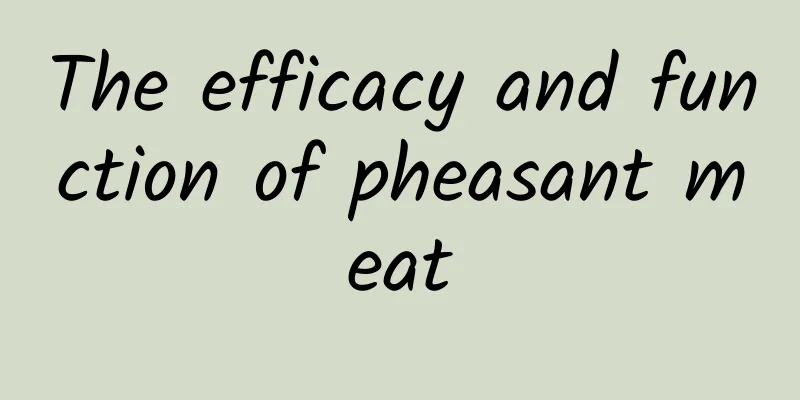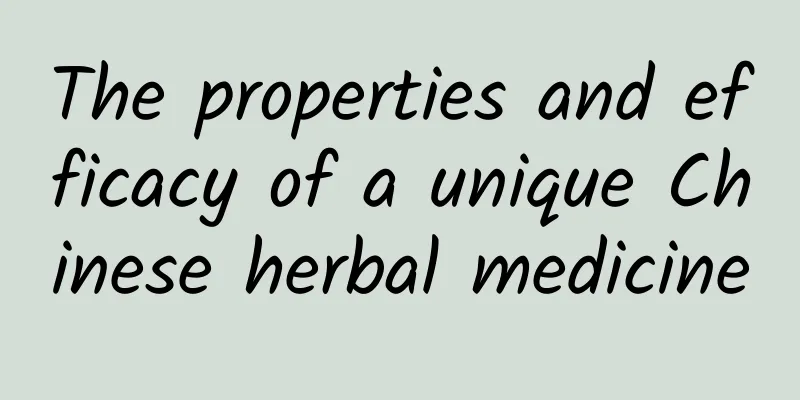What are the effects and functions of Cistanche deserticola

|
Cistanche deserticola is a kind of traditional Chinese medicinal material. It has high medicinal value, but it cannot be used casually, otherwise it will cause adverse effects on the body. Before using Cistanche deserticola, you must have a detailed understanding of its relevant knowledge so that you can use it correctly to treat some diseases. The main function of Cistanche deserticola is to treat cold pain in the waist and knees. It can also stop bleeding, moisturize the intestines and promote bowel movements, and nourish the kidneys and strengthen yang. Function and indications Nourishes the kidney and strengthens yang, moistens the intestines and stops bleeding. Treats impotence due to kidney deficiency, cold pain in the waist and knees, habitual constipation in the elderly, and cystitis. Nourish yin and tonify yang, and stop bleeding. Treat cystitis, bladder bleeding and kidney bleeding. Nourishes the kidney and strengthens yang, moistens the intestines and promotes bowel movements. Treats impotence due to kidney deficiency, cold pain in the waist and knees, dry intestines and constipation, and cystitis. Nutritional Value The herb contains a large amount of CR super kinase, which is the key to its folk belief in longevity and immortality. CR super kinase is a substance that changes cell metabolism and has the function of repairing weak genes and enhancing cell activity. It has the function of repairing weak cells and enhancing resistance. According to the analysis of medicinal components, the aerial parts of Cistanche deserticola contain Cistanche aldehyde and Cistanche lactone, while the rhizomes are rich in mannitol and bioalkali. Cornus officinalis wine Recipe: 60 grams of Cistanche deserticola, 25 grams of Yam, 35 grams of Schisandra chinensis, 40 grams of stir-fried Eucommia ulmoides, 30 grams each of Achyranthes bidentata, Cuscuta australis, White Poria, Alisma orientalis, Rehmannia glutinosa, Cornus officinalis, Morinda officinalis, and Polygala tenuifolia, and 2000 grams of pure wine. Preparation method: Process and crush the above medicines, put them in a silk bag or gauze, put them into a clean porcelain jar or earthenware jar, pour in strong wine to soak, and seal it. After 5 days of pounding in summer and 7 days in autumn and winter, you can open the medicine bag, remove it, filter and clarify it. Efficacy: Nourishes the liver and kidneys. It is suitable for symptoms such as liver and kidney deficiency, dizziness, tinnitus, deafness, amnesia, weak waist and legs, and cold limbs. Dosage: Take 10-15 ml warm drink on an empty stomach, once in the morning and once in the evening. Epimedium and Cistanche wine Recipe: 50 grams of Cistanche deserticola, 100 grams of Epimedium, and 1000 grams of white wine (or rice wine). Preparation method: Crush the above medicines, soak them in wine, seal the lid, place in a cool place, shake several times a day, and open the lid after 7 days before drinking. Efficacy: Nourishes the kidney and strengthens yang. It is suitable for impotence due to kidney yang deficiency, infertility due to uterine cold, and pain in the waist and knees. Dosage: 3 times a day, 10-15 ml each time. Yulin Wine Recipe Recipe: 30 grams each of Cistanche deserticola, raspberry, and fried Psoralea corylifolia, 23 grams each of mulberry, wolfberry, dodder seed, leek seed, paper mulberry seed, and Morinda officinalis, 22 grams each of Cornus officinalis and Achyranthes bidentata, 15 grams of Cnidium monnieri, 7.5 grams each of fried yam and costus root, and 3000 grams of white wine. Preparation method: Process the above medicines into coarse powder, put them into a gauze bag, put them into a container together with white wine, seal it, boil it in water for 4 hours, bury it in the soil for 2 days, and anneal it. Efficacy: Nourishes the liver and kidneys, strengthens yang and consolidates essence. Suitable for impotence, premature ejaculation, and fertility. Dosage: Take once in the morning and evening each day, 20 ml each time. |
<<: Can saffron enhance sexual performance?
>>: What is the function of Shaoyao Decoction?
Recommend
The efficacy and function of deer meat
In today's society, health preservation seems...
Garlic, you are awesome! How did garlic conquer the human stomach step by step?
Map: Cui Yuning Reviewed by: Zhao Xuting, Zhao Zi...
Why doesn’t milk taste as good as it used to?
In addition to the humanistic factor that "m...
An 8-year-old girl was acutely poisoned after eating lychees! There are also these "dangerous" fruits, be careful when eating...
Expert of this article: Zhang Zheng, PhD in Nutri...
An important discovery: TRAPPIST-1 habitable planet orbit is not misplaced!
[Mobile software: Bo Ke Yuan] Astronomers using t...
The efficacy and function of Coriolus mulberry bark
As people's research on traditional Chinese m...
The efficacy and function of Miao Yaowang
Miao prescription refers to the precious medicina...
How many of the ten typical marine ecosystems do you know?
Students who have been paying attention to us sho...
What are the effects of white Poria cocos?
Although White Poria cocos is a traditional Chine...
Breaking news from 2080: Just now, the Haihunhou Kingdom was abolished!
This is a message from the third year of Shenjue ...
How to distinguish between real and fake wolfberries
I believe everyone is familiar with wolfberries. ...
The nearest black hole is in our "cosmic backyard"? Gaia BH1 is 1,600 light-years away from Earth!
Normal companion star and mutant black hole in a ...
Snowfall in many places! When traveling on snowy days, pay special attention to these points!
Since the beginning of winter, many places have a...
The Forbidden City: Let’s talk about those little-known little-known facts about the palace~
The Forbidden City is a beautiful red It brings t...









